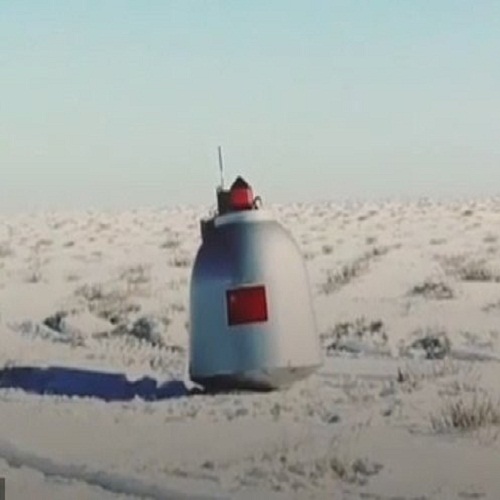Global emissions of several banned ozone-destroying chemicals have been found to be increasing in the atmosphere, University of Bristol researchers have said.
The rise has been attributed to an increase in the use of the chemicals, known as chlorofluorocarbons (aka CFCs), that are used to make other ozone-friendly alternatives to CFCs. Prior to their ban, the chemicals were used in the manufacture of aerosol sprays; blowing agents for foams and packing materials; as solvents, and as refrigerants.
The Montreal Protocol is an international treaty signed in 1987 designed to protect the ozone layer by phasing out the production of numerous substances that are responsible for its depletion. It includes an exception that continues to allow the use of the CFCs when used to create alternative chemicals.
Dr Luke Western, lead author on the study, said: “We’re paying attention to these emissions now because of the success of the Montreal Protocol. CFC emissions from more widespread uses that are now banned have dropped to such low levels that emissions of CFCs from previously minor sources are more on our radar and under scrutiny.”
According to the researchers, emissions from these CFCs currently do not significantly threaten ozone recovery, although because they are potent greenhouse gases they still affect the climate.
A 2021 study found that global air temperatures would have risen by an additional 2.5°C by the end of this century if the Montreal Protocol had not been signed.
“Combined, their emissions are equal to the CO2 emissions in 2020 for a smaller developed country like Switzerland,” said Western. “That’s equivalent to about one percent of the total greenhouse gas emissions in the United States.”
This study focused on five CFCs with few, or no, known current uses and which have atmospheric lifetimes ranging from 52-640 years.
The team used measurements from the Advanced Global Atmospheric Gases Experiment which were combined with an atmospheric transport model to show that global atmospheric abundances and emissions of these CFCs increased after their production for most uses was phased out in 2010.
The researchers determined that for three CFCs they studied, the increased emissions may be partly due to their use in the production of two common HFCs used primarily in refrigeration and air conditioning. The drivers behind the increasing emissions of the other two CFCs are less certain.
Although the team found rising global emissions, they weren’t able to identify particular locations.
“Given the continued rise of these chemicals in the atmosphere, perhaps it is time to think about sharpening the Montreal Protocol a bit more,” said study co-author Dr Johannes Laube.
According to the researchers, if emissions of these five CFCs continue to rise, their impact may negate some of the benefits gained under the Montreal Protocol. The study noted these emissions might be reduced or avoided by reducing leakages associated with HFC production and by properly destroying any co-produced CFCs.
Western concluded: “The key takeaway is that the production process for some of the CFC-replacement chemicals may not be entirely ozone-friendly, even if the replacement chemicals themselves are.”
In 2020, MIT researchers found that old equipment such as building insulation foam, refrigerators and cooling systems that were manufactured before the global phaseout of CFCs are still leaking the gases into the atmosphere.
Source: E&T










